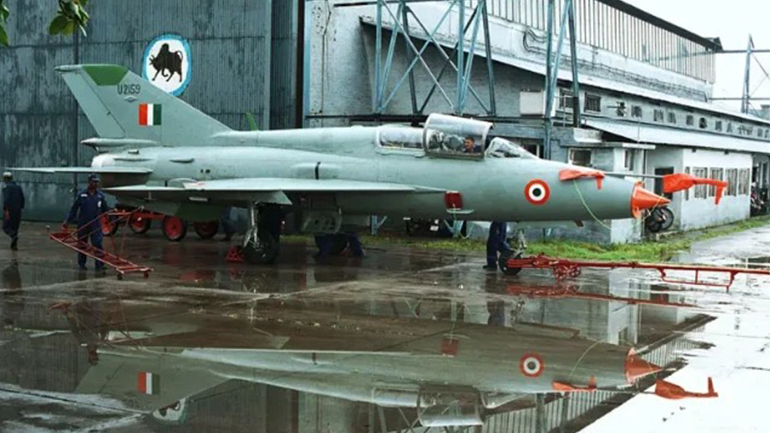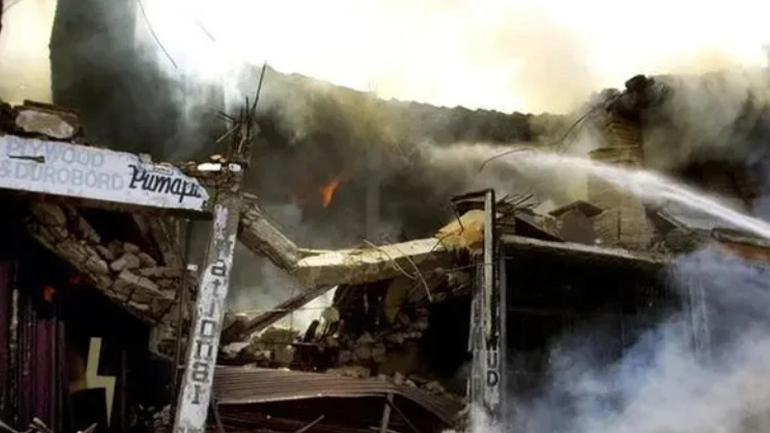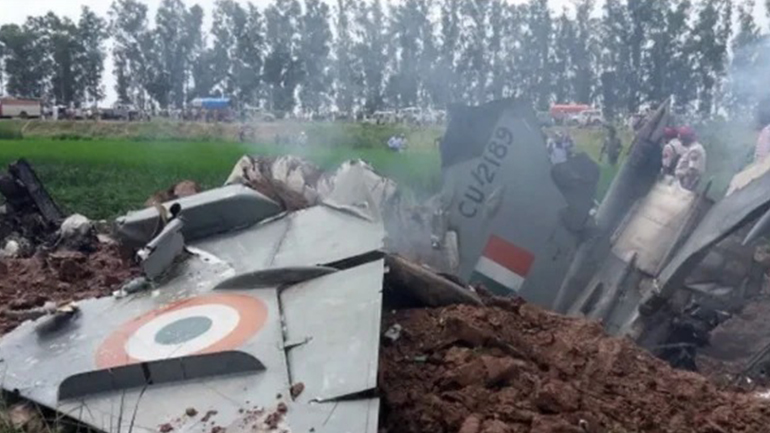

The Indian Air Force (IAF) has decided to retire its oldest fighter aircraft, the MiG-21, a move that comes at a time when the air force is facing a shortage of modern fighter jets. Although the Indian Air Force had already reduced the number of MiG-21 combat aircraft over the years, two squadrons remain in service. These will be officially retired in a ceremony scheduled for September 19 in Chandigarh. Back in 2019, during heightened tensions between India and Pakistan, a MiG-21 was shot down by Pakistan in response to Indian airstrikes. An Indian pilot, Abhinandan Varthaman, was captured and later returned as a gesture to de-escalate the conflict. The MiG-21 was first inducted into the Indian Air Force in 1963. Since then, India has purchased over 700 variants of the MiG-21 in different phases. Although there were plans to retire the aircraft by 2022, delays in the delivery of India’s indigenously developed Tejas aircraft forced a postponement of the retirement plan. According to defense analysts, while the MiG-21 had numerous shortcomings, it nonetheless played a significant role in every war and skirmish involving the Indian Air Force since its induction.

The MiG-21 fighter jets have been notoriously known for crashing during training and routine flights, earning them the grim nickname "flying coffins." Defense analyst Rahul. In the past 62 years, more than 200 MiG-21 aircraft have crashed mid-flight, killing at least 170 pilots. The operational life of the MiG-21 had long expired. Still, delays in the induction of new fighter jets forced the Indian Air Force to keep upgrading these aircraft periodically, using Indian and Russian technologies. A typical squadron comprises 18 to 20 aircraft. The Indian Air Force has approval for 42 squadrons. However, after retiring two MiG-21 squadrons in September, the IAF’s total strength will drop to 29 squadrons—resulting in a shortfall of approximately 250 aircraft, a significant concern under current circumstances. Some Indian analysts are worried that India’s aerial superiority is shrinking, bringing its airpower closer to that of Pakistan. According to Indian defense estimates, the Pakistan Air Force (PAF) currently operates 25 squadrons. Within the next two months, India is expected to have 522 combat aircraft, Pakistan 450, and China around 1,200. Recently, IAF Chief A.P. Singh stated that India needs to procure 40 new fighter jets each year, but achieving that target seems increasingly unlikely. It was expected that the indigenously developed Tejas fighter jets would help India maintain air superiority over Pakistan. Currently, the IAF has 38 Tejas Mark-1 aircraft in service. Hindustan Aeronautics Limited (HAL) was supposed to deliver 83 improved Mark-1A jets, but due to a lack of engine supply from U.S.-based General Electric (GE), not a single unit has been delivered so far. HAL is also tasked with building 108 next-generation Tejas Mark-2 jets, powered by a more advanced GE engine, but this project remains only on paper and does not seem to be close to materialization. Last month, after a meeting between India’s Defense Minister Rajnath Singh and his U.S. counterpart—along with diplomatic discussions involving Foreign Secretary Vikram Misri—the United States assured India that the engine supply process would be expedited.

As part of the same discussions, the delivery of U.S.-made Apache assault helicopters—which had been delayed—was also expedited. The United States has recently handed over three Apache helicopters to India, and three more are expected to be delivered soon. It is also anticipated that engine supplies for the Tejas fighter jets will begin shortly. India’s earlier procurement of 36 Rafale fighter jets from France was not enough to compensate for the aging fleet of the Indian Air Force. Although France has agreed to deliver 26 more Rafale jets, those are designated for the Indian Navy, not the air force. In April 2018, India issued a tender for 114 multirole combat aircraft. Although eight international defense companies responded, the process did not move forward. Defense analyst Rahul Bedi says that India’s Ministry of Defence has now prepared an action plan to fast-track the purchase of these jets. This urgency arises because the Indian Air Force currently operates around 110 Jaguar fighter aircraft, which are nearing the end of their operational life. “If new fighter jets are not procured before these Jaguars are retired,” Bedi warns, “it will result in a severe fighter aircraft shortage for the Indian Air Force (IAF).” The Indian Air Force remains the only air force in the world that still operates Jaguars in active service.

Over 200 MiG-21s have crashed in flight in the past 62 years, killing at least 170 pilots.
Powered by Froala Editor